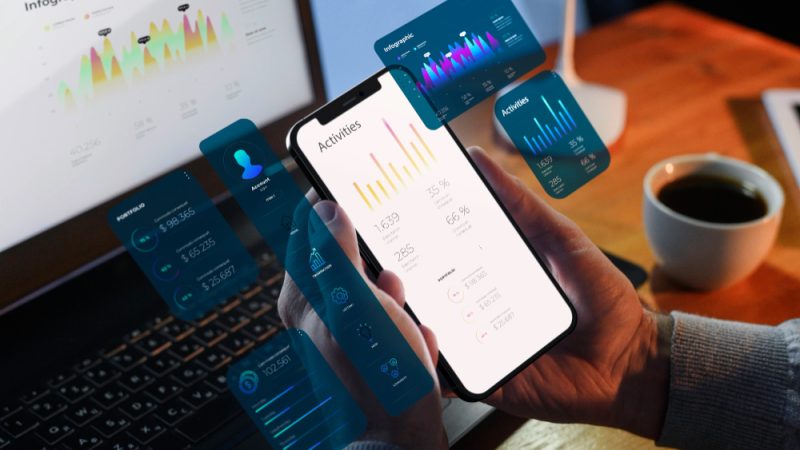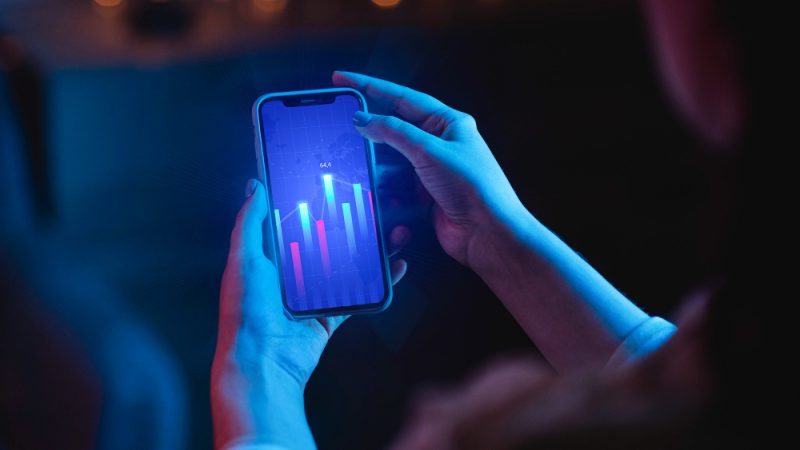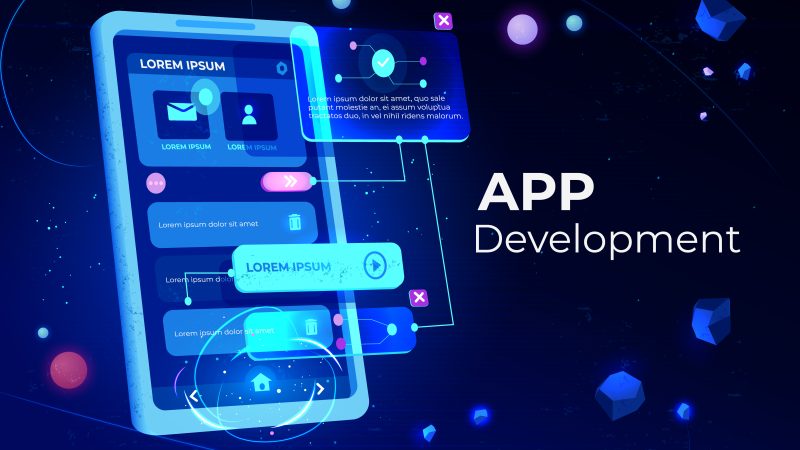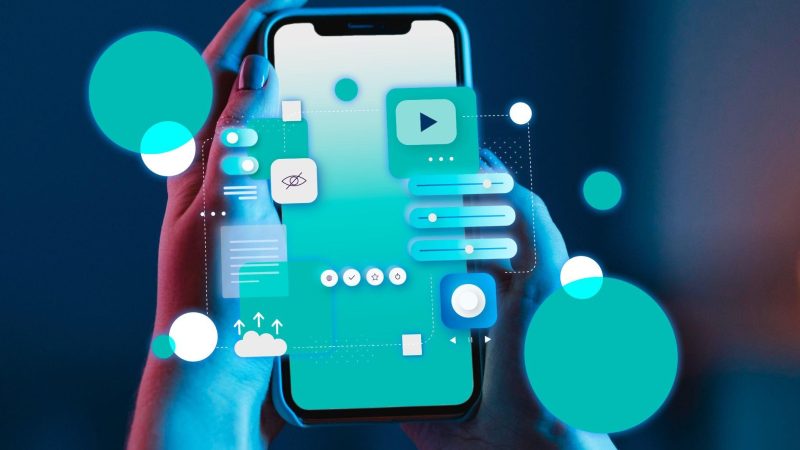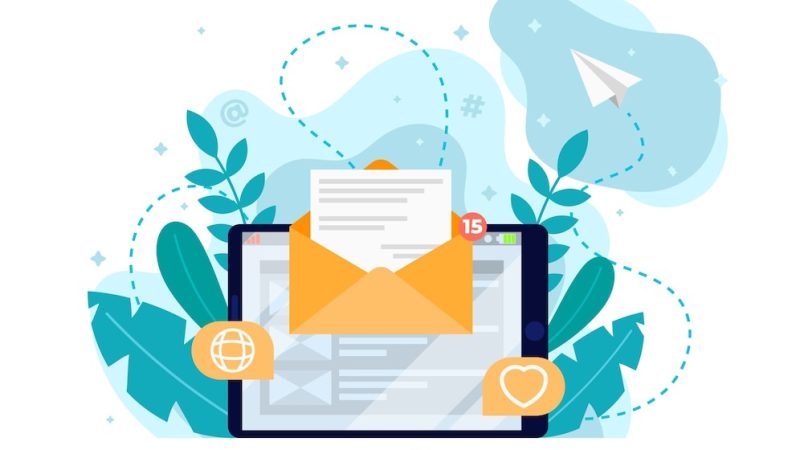Best practices for building a successful MVP
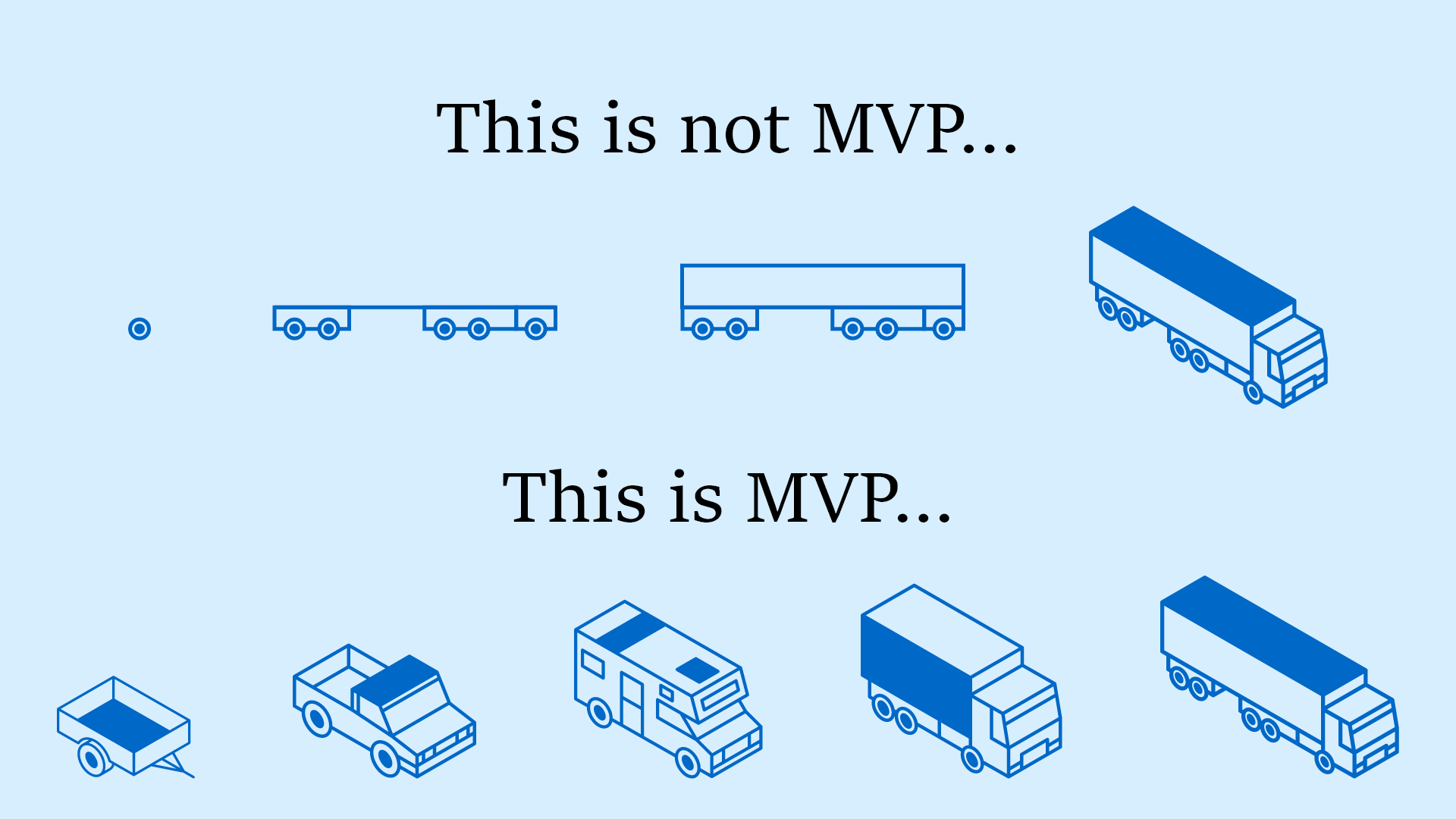
Mobile applications are successful as long as they have users and generate revenue. In the present-day competitive business environment and mobile market, booming with thousands of apps, it is crucial to have a good start and reach the target as quickly as possible. To make the app to the point, engaging and functional, it should have all the necessary features. That is, to create an app prototype. Simply put, the goal of a startup is to create a cupcake version of a future wedding cake to taste. Some of the most prominent market players once used this technique, started with MVP, and then grew into giant projects. This article offers an understanding of MVP and how to start with MVP based on the best examples.
What is the Minimum Viable Product (MVP)
MVP defines a working version of the product that has enough features to deliver functionality and meet the main requirements of the end-user. MVP is released in the early stages of app development to validate it, get user feedback, and work on the bugs to polish it to perfection. It plays a crucial role in agile development as the whole methodology is based on validating apps on user experience. The sooner you get the feedback and validated learning from the users, the faster the product will be changed. Therefore, MVP is working on saving time, money, and effort.
MVP is not supposed to be minimal: it can be as interactive and complete as the final product. MVP may even be released to the mass market or tested by several users in the early stages.
What is the purpose of MVP
Eric Ries first introduced the concept of the minimum viable product as part of the Lean Startup methodology. The idea of MVP is clear; the purpose of the concept has the following key points to focus on.
- Quick deployment of the product to the market with a small budget.
- Testing the idea with users before investing more considerable funding for the product’s total development.
- Learn the features that meet the company’s target and vision.
- Minimize resources and time.
- Find the target audience.
- Create a balance between the needs of the company and customers.
What are the disadvantages of MVP?
Creating and deploying a minimum viable product may be followed by some disadvantages that are mostly related to business and app development objectives:
- Not clearly understanding the intentions of MVP. Sometimes the concept is misinterpreted as a product with a minimal amount of functionalities. MVP should include all the basic functions essential to making it work properly.
- Confusing MVP with MMF (Minimum Marketable Feature) and MMP (Minimum Marketable Product). Those two concepts are focused on earning. They are stuffed with possible minor functions to address the needs of customers.
- Neglecting the feedback. Sometimes the developers or the company neglects user feedback that does not meet their vision. Both developers and the stakeholders should understand that the app’s primary goal is to gain user engagement, even if it requires dramatic changes in the final product.
Key Minimum Viable Product Examples
The MVP development process can be discussed in examples focused on bringing out the best features of the future app with minimal elements.
Demo Video as MVP Example
A demo video is an effective way to show the idea’s potential without users’ direct interaction. This approach allows showing the final design and functionality without going into the development process and using resources.
MVP Landing Page Example
This approach presents the idea within a single web page and provides critical information about the product. The static pages are supposed to show the advantages, values, and solutions for the users. A landing page is a strong marketing strategy to present the idea to the stakeholders and gauge interest. It can still get user feedback and collect a potential user base.
Crowdfunding MVP Example
To gain a significant advantage in the very first stages of idea implementation, startups opt for crowdfunding to get investors’ support. Reward-based crowdfunding is so far the best-proven strategy to sign up early followers and get feedback. As a reward, the users get the earlier version of the product at a discount.
Piecemeal MVP Example
The idea of piecemeal MVP is to build your product using existing services and tools. It still requires the process of development that gathers components to create a new user experience. Similar MVP startups may face the difficulty of integrating services before they see the value of the project.
Concierge MVP Example
This approach helps the founders select a target audience to validate the value of the product. In other words, Concierge MVP first manually enables the users by directly interacting with them to build a base for MVP. The Concierge MVP does not use any mobile technology to analyze user preferences; the key actor of this approach is human, doing all the processes manually.
Manual-first MVP or Wizard of Oz MVP Example
With this approach, the developers create an “illusion” of a complete and fully functioning product, but the back-end of the product is controlled manually. It is an effective way to create an app prototype, show its functionality to the users, and analyze the market response.
Software prototype as MVP
This approach is the most prominent example of MVP that gives the users a whole experience with the basic components. Software prototyping can be a solution if the project has an initial budget and a target audience to test.
10 Best Practices of Successful MVP
Big things start small. The practice of implementing even the greatest idea in small steps proves to be effective. Here are the best practices of successful MVP
#1 Facebook
MVP was to connect students of Harvard University. The concept was built on a basic model. Today Facebook has over 2,6 billion monthly active users. For the first quarter of 2021, Facebook generated $26.171 billion in revenue.
#2 Twitter
Twitter started as an internal app to give the employees a space to send and receive messages in a group. With over 186 million users worldwide, Twitter generates around $3.5 billion annual revenue.
#3 Instagram
Originally, Burbn, the app was designed to allow users to share their locations with friends. One feature that attracted users was photo sharing, so the authors focused on it. Today Instagram has over 500 million active daily users and generates over $18 billion in revenue.
#4 Dropbox
The cloud-based file-syncing and storing service is one of the top platforms, but once it started as an MVP, that was nothing more but a video to show how Dropbox would work. The video gained over 70.000 signups of the users who wanted to get the app. The annual revenue of Dropbox is about $2.11 billion.
#5 Amazon
Initially, the concept of Amazon was to sell books online. The website was enhanced with minimal options to show the functionality of e-commerce. One of the most popular platforms for the past years got $386.1 billion in revenue for 2020.
#6 Uber
The MVP app of Uber, called UberCab, worked on iPhones and was available only in San Francisco. These small steps helped the entrepreneurs understand the risks, analyze the market, and develop a more productive app. For 2020, Uber registered $11.4 billion in revenue.
#7 Spotify
Back in 2006, pirate downloads were standard, and no one or almost no one paid for music. The idea of music legislation through free streaming services and gaining revenue through ads turned into one of the biggest streaming services. The MVP of Spotify was a simple desktop app that had just one feature: music streaming. Today it generates over 7.88 billion-euro revenue.
#8 Airbnb
The MVP of Airbnb was a simple website with photos of apartments. It was a testing stage for both the users and entrepreneurs to analyze the market and bring out strong and weak points. For 2020, Airbnb registered $3.378 billion in revenue.
#9 Etsy
Another global e-commerce platform was created to solve the issues of fees that users experienced on eBay. The MVP with plain design had all the features to register and sell things. The founders managed to give a good start and later work on the app and website. Today Etsy has 3 million active users with a reported $96.4 million net income.
#10 Groupon
The great idea behind Groupon was to share vouchers and discounts in one place. Initially, Groupon was launched with the WordPress site. The first steps proved the idea would work, so the founders continued scaling the project by building a whole voucher system. For 2020, Groupon registered $1.4 billion in revenue.
Summing up: How to create a Minimum Viable Product?
The MVP app development should be based on a five-step strategy aligned with business needs and customer requirements.
- Define the ecosystem of the business and the future app
- Determine the value proposition for the stakeholders
- Visualize the final MVP
- Identify the project risks
- Design the value path
Though MVP is about minimum and core features to be developed, it still requires an action plan and strategy to drive value.

